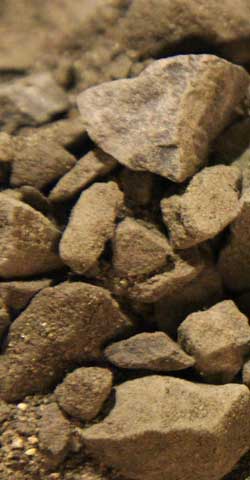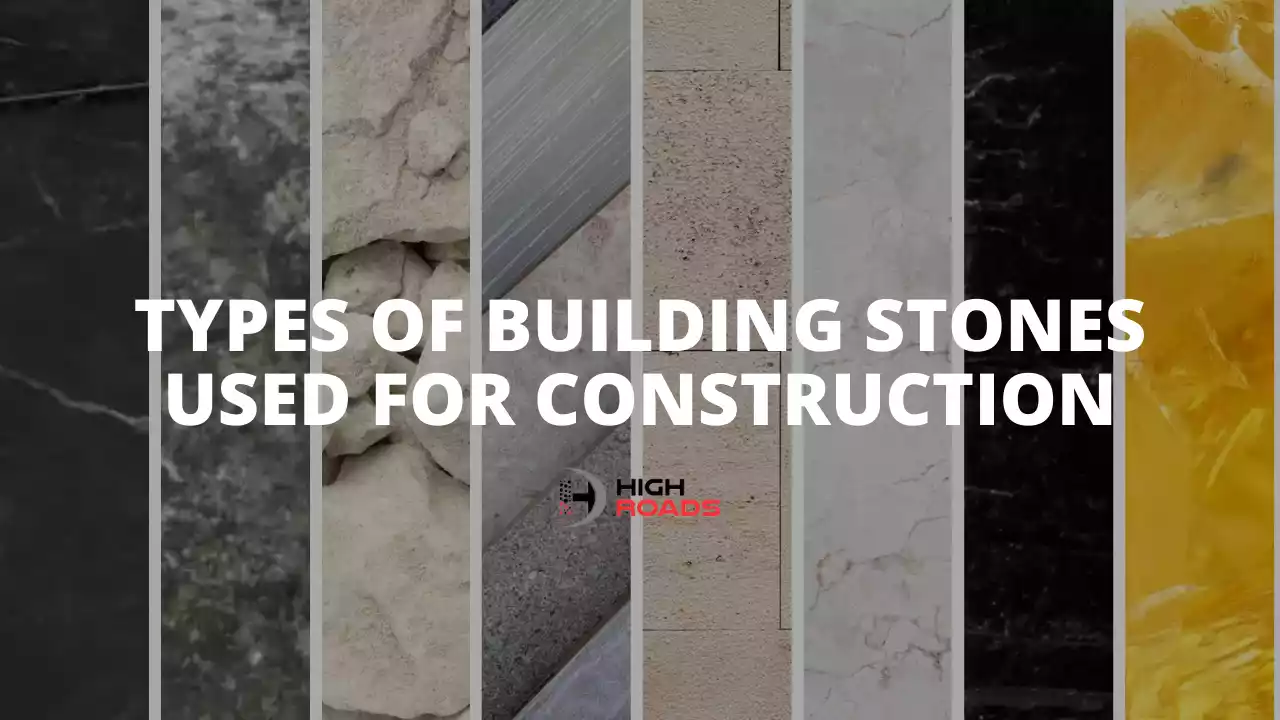A building stone may be defined as a rugged rock that can be safely used in some situations in the construction as a massive dressed or undressed unit.
There are a variety of stone types available, including basalt, limestone, marble, quartzite, sandstone, slate, gneiss, granite, and more, that can be utilized for construction purposes. The stones used in building construction must be tough and durable, and they should also be free of worn-out soft patches, cracks, fractures, and other flaws that cause a decrease in strength and durability. Stones used in construction are extracted by quarrying massive and solid rocks.
Building Stone Used for Construction
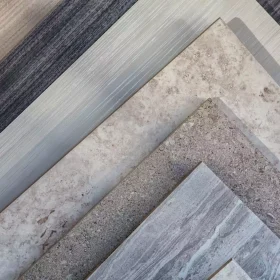
- Granite: Granite is among the most popular stones used in construction. However, while not the most popular stone for construction today, granite is top-rated due to its rugged and long-lasting properties. A deep-seated igneous rock has fine to coarse grains and a crystal structure. The stone is beneficial due to its crushing capacity. Additionally, it can withstand extreme temperatures and weather.
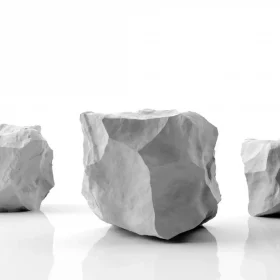
- Marble: Marble is a metamorphic stone created when limestone is subjected to high temperatures and pressure. The stone is naturally rigid and compact, with a compressive strength of about 70 MPa. It is easy to cut and carve. Marble is easily cut and carved into various shapes. Because it is available in different colors like pink and white, it is widely used as a decorating material. Another reason why marble is ideal for your interior design is that it takes polish with ease.
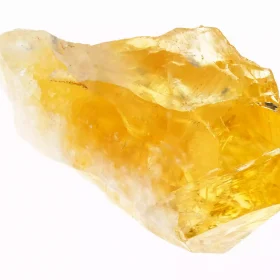
- Quartzite: A different metamorphic stone. Quartzite results from sandstone being exposed to extreme temperatures and pressure. The primary characteristics of the stone have to do with its delicate texture and crystal structure. Quartzite is soft and brittle, which does not make it easy to work with the strength of crushed quartzite is about 115 MPa. Quartzite comes in various shades, including white, gray, and yellowish.
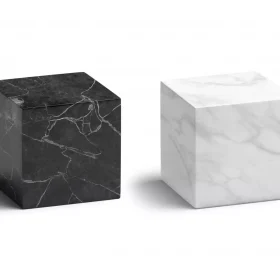
- Alabaster: Alabaster is a translucent stone with a high degree of transparency. The building material is rare, making its use in construction very restricted. It is used for creating small pieces of art rather than complete constructions. However, it is used in conjunction with other materials that have allowed for a broader range of applications. The most notable feature that alabaster has is transparency. Due to this, it is only utilized indoors.
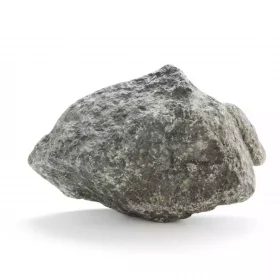
- Basalt: Basalt is an inert rock, also commonly referred to as green stones, white stones, or blue basalt. It is robust and durable, which is both beneficial but not ideal for construction, and this hardness makes it difficult to work with the stone quickly for any purpose. The strength of basalt’s compressive force is between 150 and 190 MPa. The stone’s structure is moderate to fine-grained.
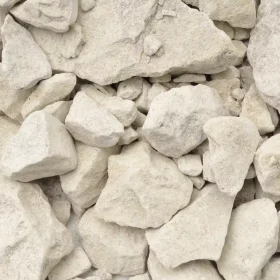
- Limestone: Limestone is a rock that has been created when deposition and weathering of particles. It is made mainly from calcium carbonate. The result is that it’s a soft stone compared to other rocks in this review, and it can be used for different building construction.
The stone has a compressive strength of about 55 MPa. It is typically combined with tiny amounts of silica and alumina, together with magnesia.
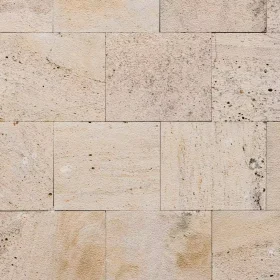
- Sandstone: Sandstone is a sedimentary stone composed of different minerals like silica, feldspar, quartz, and more. The stone comes in various colours, like brown, gray, white, red, yellow, and dark gray. The compressive strength of the stone is approximately 65 MPa.
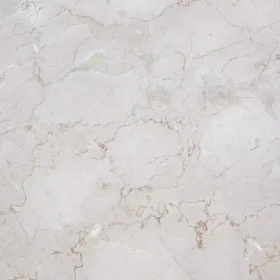
- Travertine: Also known as lapis Tiburtinus, following the Tibur quarry from which it was first discovered, has become an extremely popular building material. It was utilized to construct numerous historical structures, including the Colosseum. In China, the caves are made of travertine. Travertine is a sedimentary stone typically found in hot and cold mineral springs, and it can also be found naturally within limestone caves. Technically speaking, it’s a kind of limestone that is formed by the cycles of water that leave the aragonite and calcite behind after they disintegrate deposits.
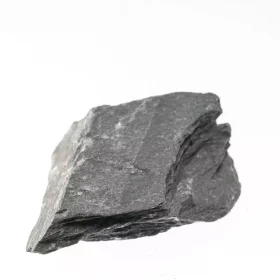
- Slate: Slate is a type of rock created by a metamorphic process involving shale subjected to low pressure and low temperature conditions. It’s composed mainly of clay, mica, and quartz minerals. With the fine grain, the foliated slate is both soft and hard.
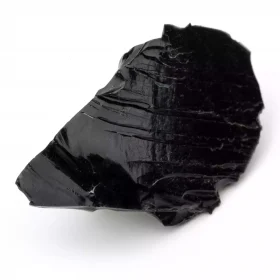
- Onyx: Onyx is a marble-like material that is predominantly calcite. As compared to granite, it’s more pliable. It also has the potential to stain or etch. In contrast to marbles, onyx is more translucent. You will frequently see it in the construction industry, along with lighting to highlight its beautiful appearance.
It is a large varietal with thick veining. This means that you’ll never see two pieces of onyx with the same appearance.
For buying High-Quality Stones, Visit https://www.highroads.co.nz/ or give us a call at 09 394 7555 or drop an email at orders@highroads.co.nz.



